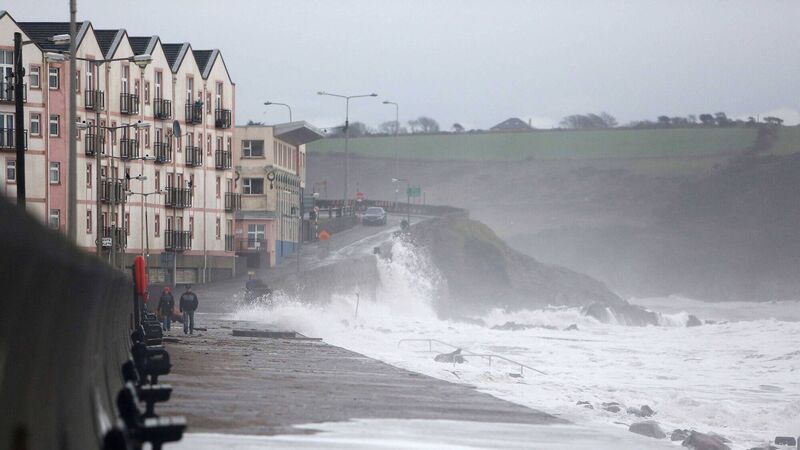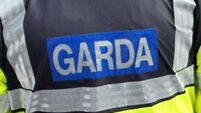East Cork and Waterford in direct danger as 'sea levels rise at alarming rate'

Fears have been expressed about the impact of rising sea levels on towns like Youghal, Cobh and Midleton. Picture John Hennessy
Ireland cannot afford to wait any longer for a national coastal risk strategy with sea levels rising at an “alarming and startling” rate – putting the likes of East Cork and Waterford directly in danger.
Ireland already lags far behind the UK and the Netherlands in what is becoming a “truly frightening” future scenario, according to Cork East TD, David Stanton.
CLIMATE & SUSTAINABILITY HUB
















